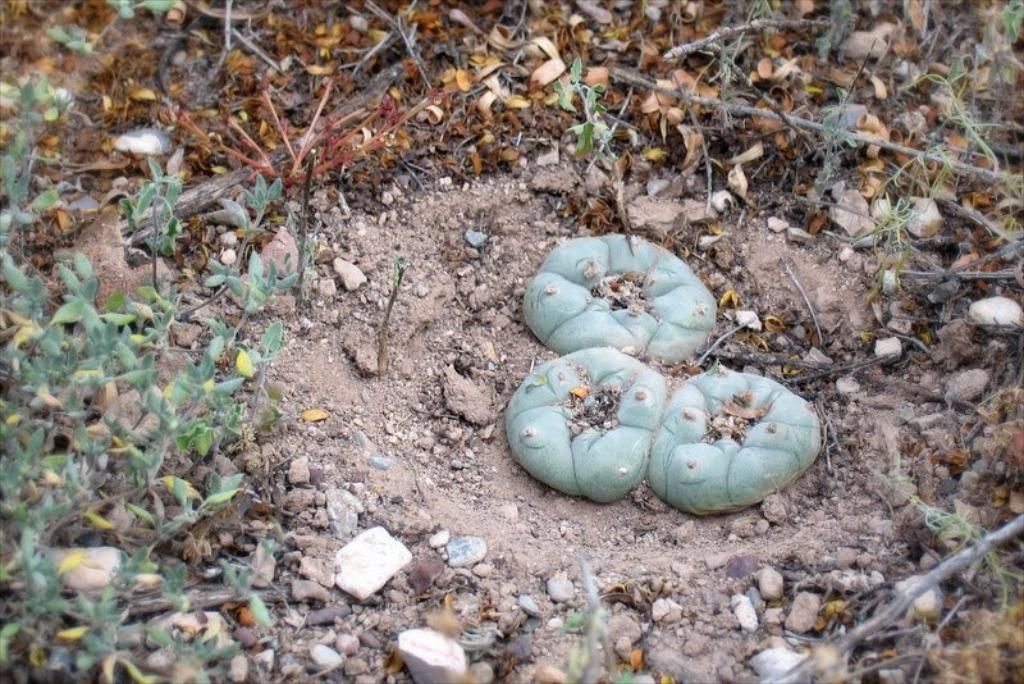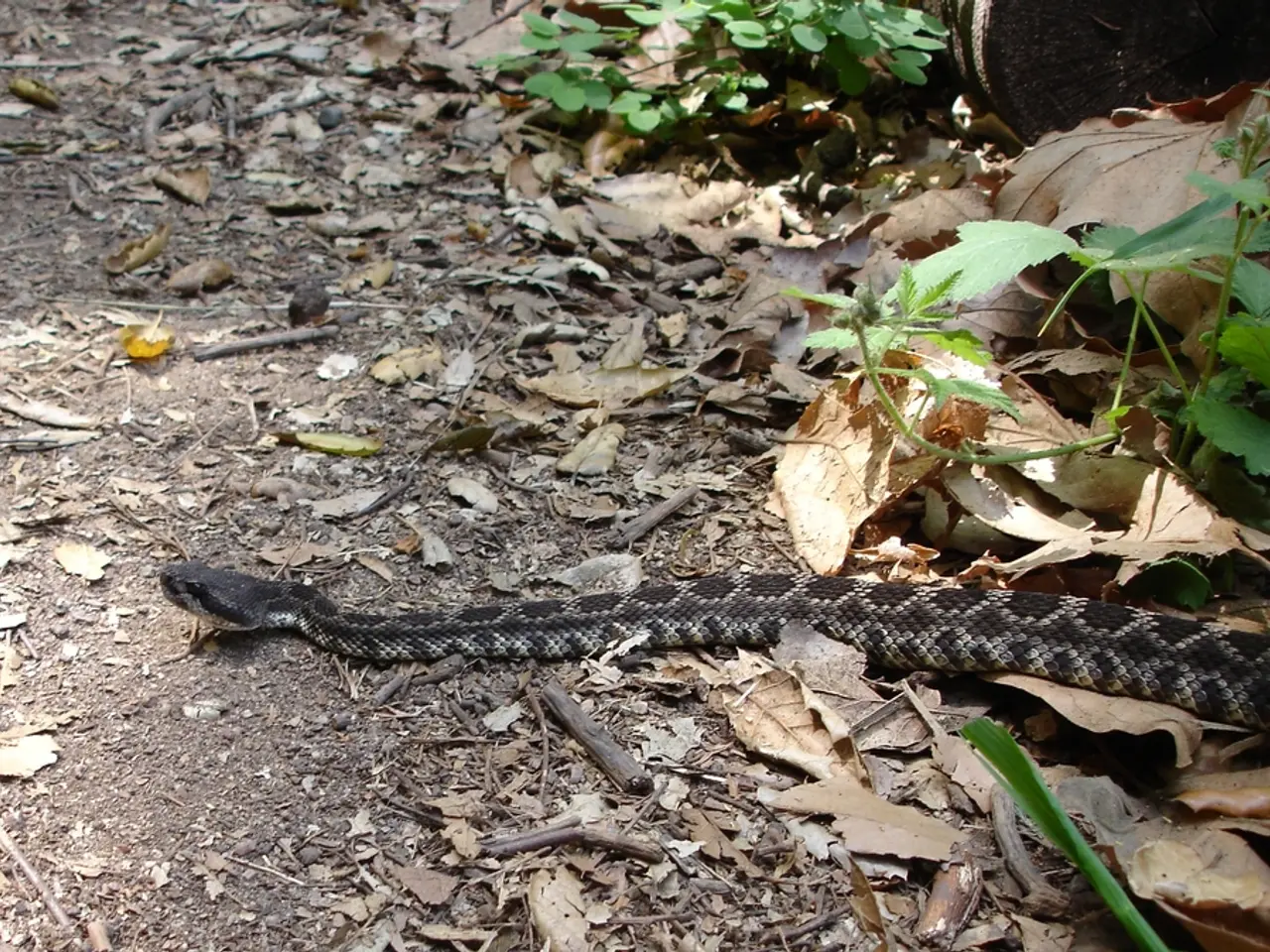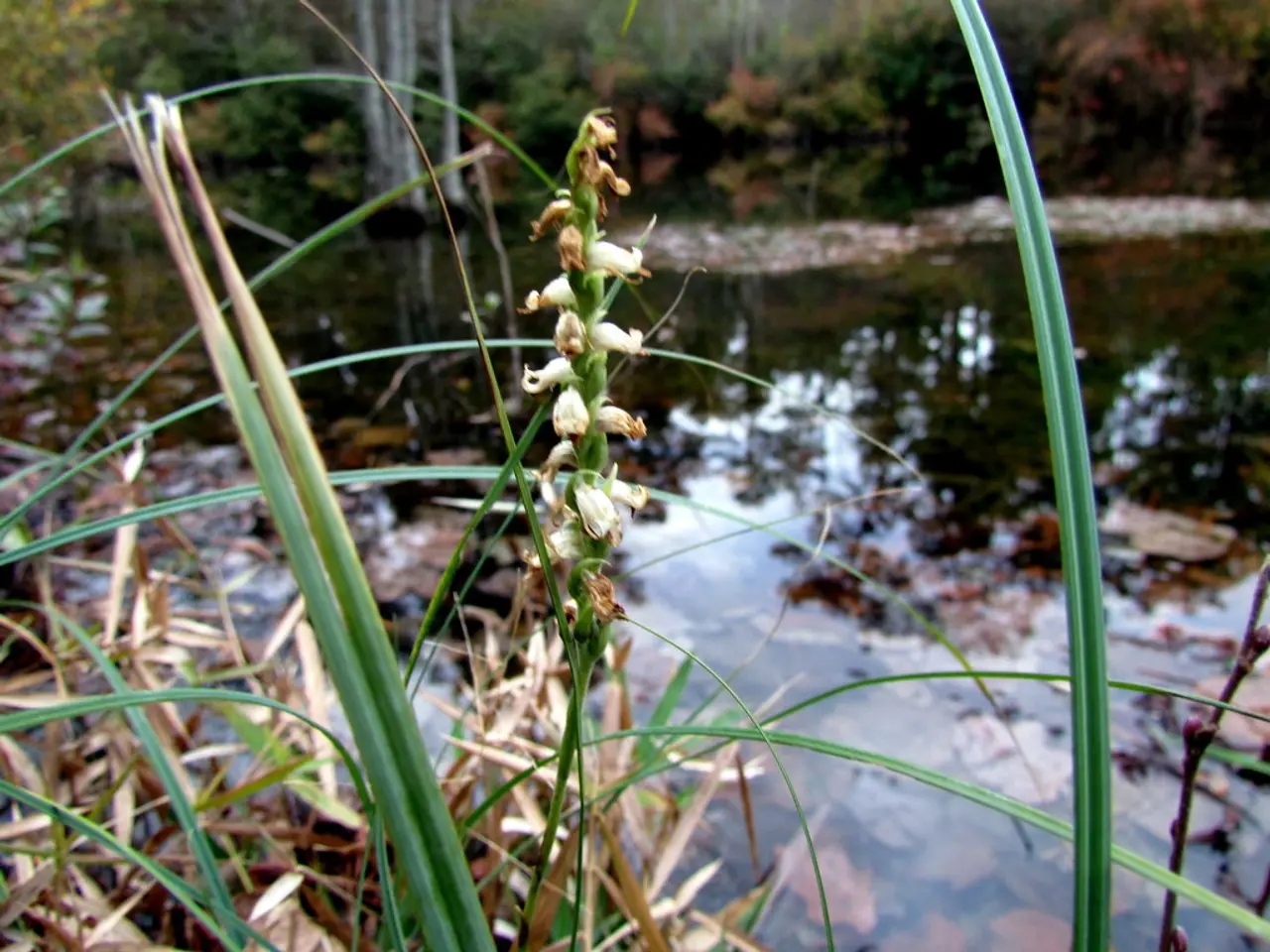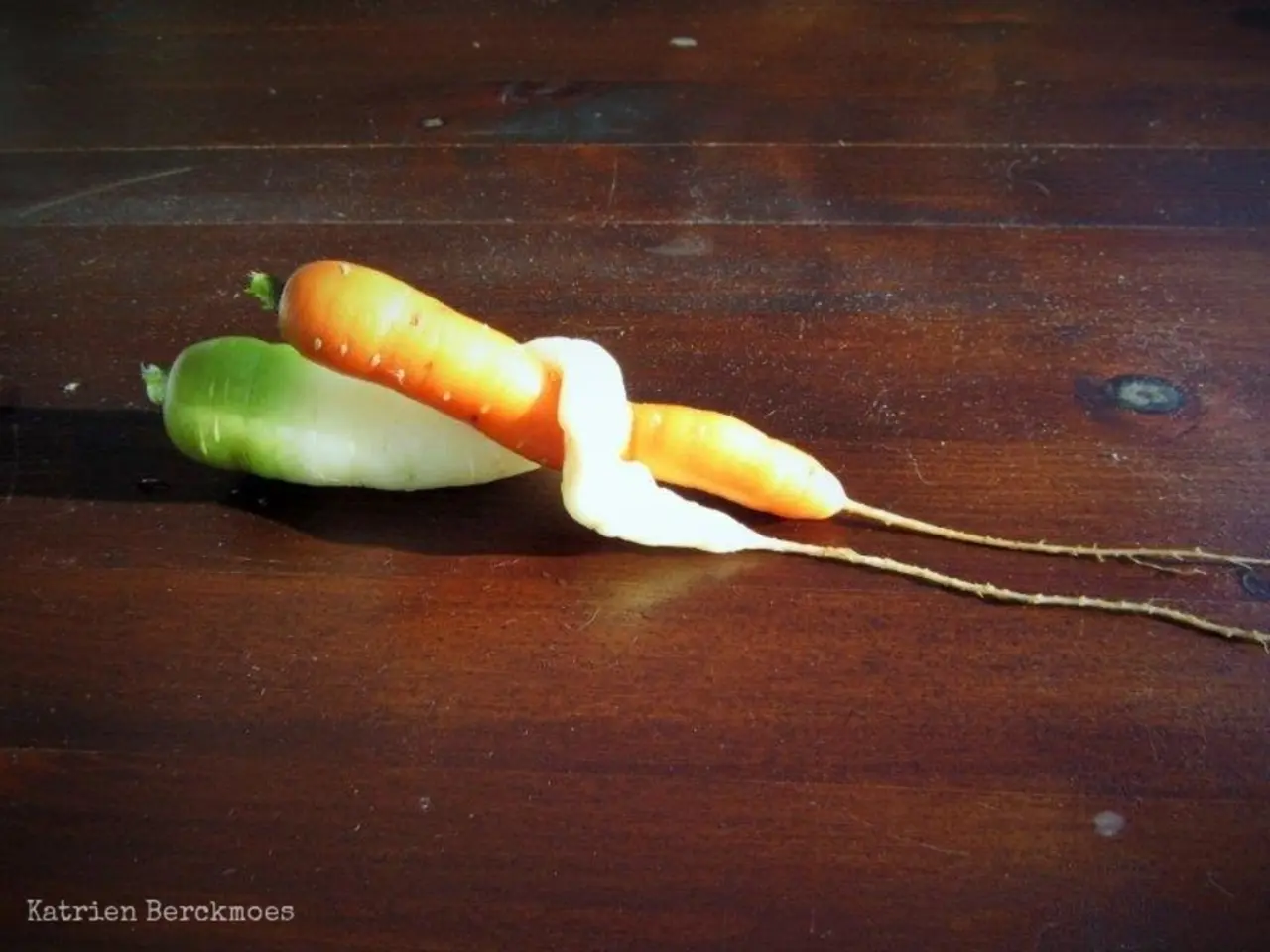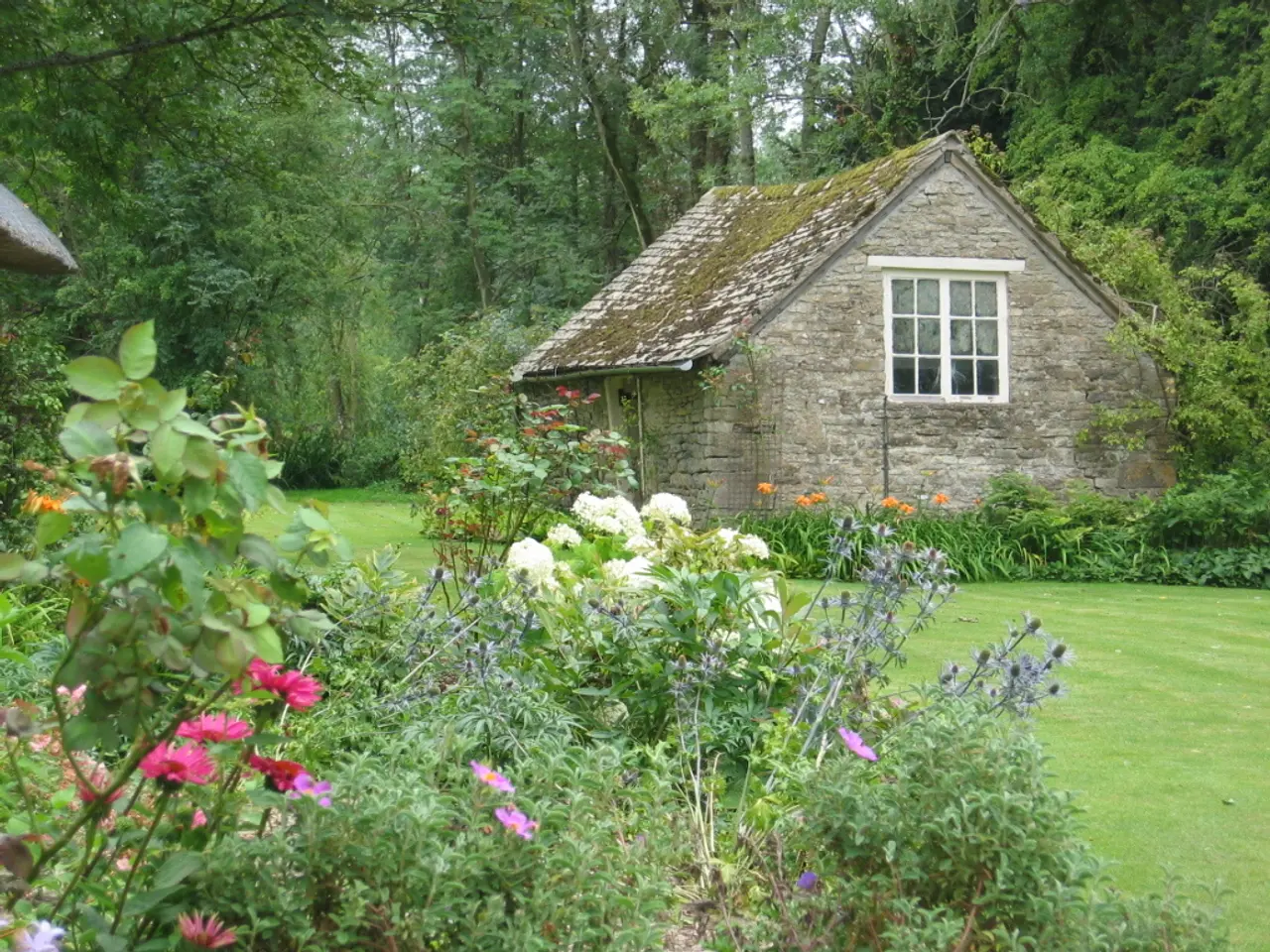Sowing Squash in Zone 7: Essential Timing Insights for a Generous Crop Yield
Hey there, green thumb enthusiasts! Let's dig into squash planting with gardening pro, Glen. With more than 15 years of experience and a passion for all things gardening, he's here to guide you through the magic of growing squash in USDA Zone 7.
Latest posts by our expert gardener (see all)* Garden Fungicides: Essential Tips for Disease-Free Plants - June 9, 2025* When to Pick Candy Cane Peppers: Optimal Harvest Time Guide - June 9, 2025* When to Pick My Watermelon: A Gardener's Guide - June 9, 2025
Growing squash in Zone 7 means first understanding the needs of this sunshine-loving plant. The fun part begins when you plant those tiny seeds and watch nature take its course.
Here's a quick answer:Plant squash after the last frost, usually in early May.
Timing is crucial. Our vegetable garden needs to be warm enough for growth, with temperatures consistently reaching around 60°F (15.5°C) [1]. To ensure a head start, you can start seeds indoors 2-4 weeks before the last frost and transplant hardened seedlings once the soil has warmed.
When you plant squash, choose the right variety like summer squash (such as zucchini and yellow squash) or winter squash (like butternut, acorn, and spaghetti squash), each with unique growing needs. opt for bush-type squash if space is limited, or vining types like spaghetti squash if you have room for a trellis [2].
Prepare your site by selecting a location with plenty of sunlight exposure and well-drained soil enriched with lots of organic matter. Plant them in raised mounds or hills to improve drainage and soil warmth [3]. Also, don’t forget to provide support such as trellises or cages for vining varieties.
Keep the soil consistently moist, but avoid overwatering, which can lead to root rot. To help retain moisture and suppress weeds, mulch the base of the plants [4].
As much as squash plants can thrive with the right care, common pests like squash bugs and squash vine borers can pose a challenge. Regularly check your plants early for detection and removal [5].
Harvest summer squash when they are 6-8 inches long and firm, usually about 50-65 days after planting. For winter squash, wait until the skin becomes hard and deepens, often 80-110 days after planting [6].
With these tips, you’ll be well on your way to a bountiful harvest of delicious squash! Happy planting, and keep an eye out for more valuable gardening advice from our expert.
Sources:1. The Spruce, When to Plant Squash Seeds: A Complete Guide, accessed March 22, 2023, https://www.thespruce.com/when-to-plant-squash-seeds-47022722. University of Illinois Extension, Growing Summer and Winter Squash, accessed March 22, 2023, https://web.extension.illinois.edu/cfivt/2015/04/14/growing-summer-and-winter-squash/3. Burpee, Planting Squash, accessed March 22, 2023, https://www.burpee.com/grow/vegetables/summer-squash/4. University of Wisconsin Extension, Squash and Pumpkin Culture, accessed March 22, 2023, https://hort.extension.wisc.edu/vegetables/growing/squash-and-pumpkin-culture/5. Iowa State University Extension and Outreach, Growing Squash and Pumpkins in Your Garden, accessed March 22, 2023, https://store.extension.iastate.edu/product/growing-squash-and-pumpkins-in-your-garden6. Gardener's Supply Company, How to Harvest Squash and Winter Squash, accessed March 22, 2023, https://www.gardeners.com/how-to/how-to-harvest-squash-winter-squash/6458.html
Transforming your home-and-garden in the lifestyle category, become a gardening maestro by mastering the art of transplanting seedlings. Start with squash, a star player in the home-garden, by following Glen's expert advice on transplanting seedlings indoors 2-4 weeks before the last frost, and then moving these hardened seedlings outdoors once the soil has warmed up.
